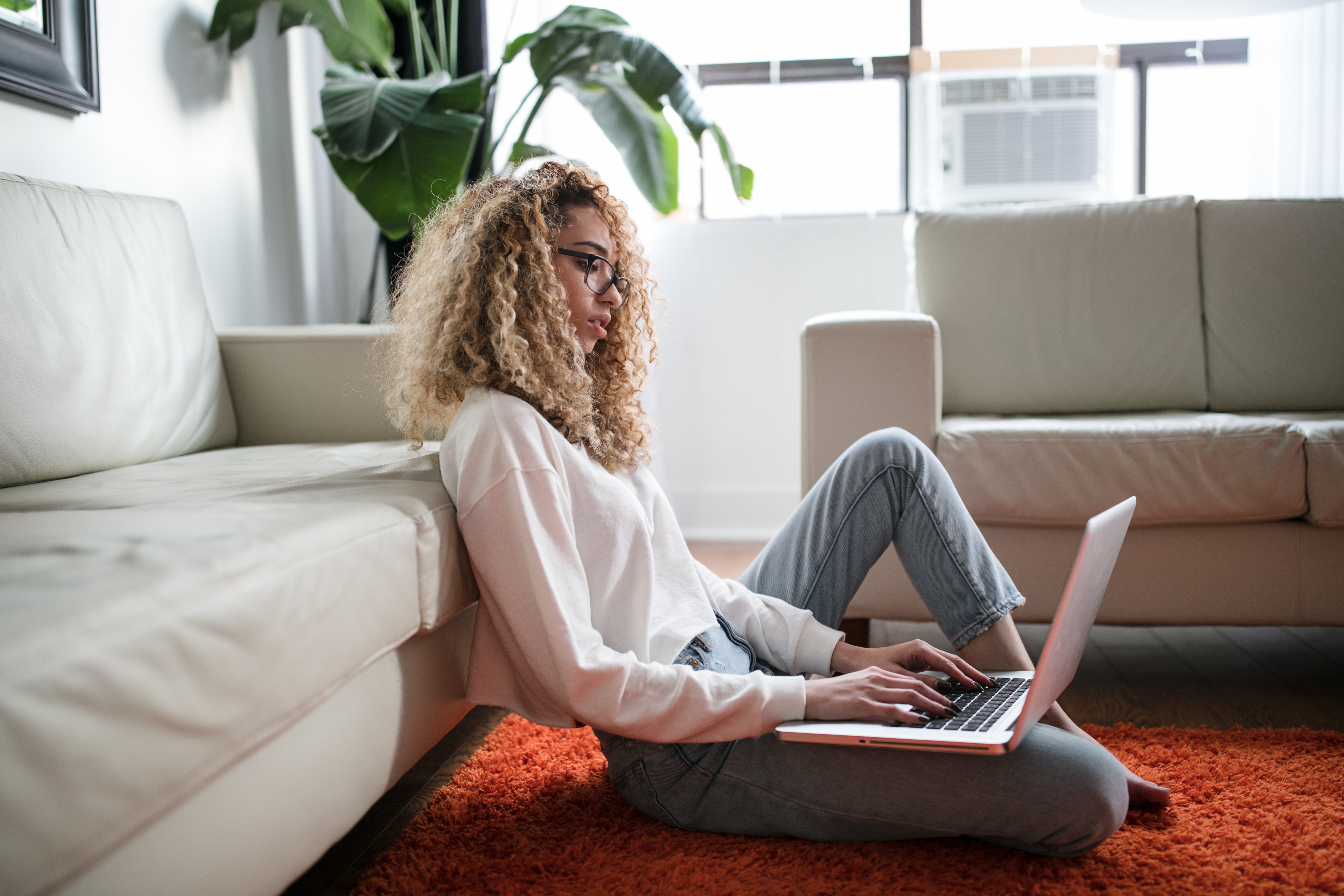As soon as I say I work from home, one of the common responses I get is around my being able to lounge around in pyjamas all day.
While sadly, I don’t possess the effortless cool of a hip entrepreneur, I also don’t lie about in my favourite flannels. It’s not that staying in your nightwear makes you instantly less productive (although it doesn’t help), it’s the fact that you’re just not ready to do anything but stay home, or sleep.
When working from home, one of the biggest challenges can be setting the boundaries around work and home life. One of the most effective ways of establishing the start and end of your working day can be as simple as a change of clothes.
While dressing for work need not mean getting suited and booted, getting out of the pjs is critical to that start-the-day and getting-down-to-work feeling.
Not only does it give you a sense of professionalism, it prevents you from slipping into poor habits. Not getting dressed could easily lead to lying in bed a bit longer, feeling tempted to lounge on the sofa and catching that final Netflix episode, take a nap, and then it’s the downward spiral!
The importance of establishing a morning routine is well documented, and if exercising and showering is part of that routine, getting dressed should certainly follow. (At least, I hope.)
You want to be able to leave the house
I know one lady who always puts on a blazer to begin her working day, even when she’s working from home. It helps her to get into the right mindset and provides that psychological shift she needs to put her in ‘work mode’.
While I often opt for comfort over corporate ( I do love me some lounge wear), I have one rule: Dress so that I’d be happy to leave the house. This can mean as casual as jeans and jumpers, or something smarter if I feel like it.
The other challenges around homeworking include the lack of social interaction and the lack of necessity to head outside. Getting out to meet a friend or mentor, going out for a walk and some fresh air are all useful strategies to combat the potential loneliness and cabin fever. You are much more likely to do this if you’re dressed and presentable to walk out the door.

The respectable face of your business
Even if you’re not going live on Facebook or Instagram stories, many of us who work from home require connecting with people over video calls. Unless your specific niche is in professional lounge wear (if this exists, please let me know), you are going to want to present yourself in a way which reflects well on your business and yourself.
Allow for spontaneity
The phone call from a friend who wants to quickly meet over coffee, the email inviting you to join a video conference in 10 minutes, or the knock on the door by your neighbour who wants a chat, all can easily be done if you’re already dressed for the day.
As quickly as you might be able to get smartened up, taking time to get dressed in the middle of the day eats into work time and cuts your work flow.
Being ready and presentable from the moment you start work allows for much more spontaneity in your day and the ability to take up offers of meetings or other opportunities at a moment’s notice.
Your own well-being
There don’t seem to be any conclusive studies around how much sweat we produce at night, although it’s commonly understood we sweat, more so at night than during the day. There is also the fact that the human body sheds up to 40,000 skin cells an hour, which given we tend not to change pyjamas every night, they are not the most hygienic things to be sitting around in.
Ultimately, whatever you find most comfortable and productive, is what you should be wearing to work from home. On a cold, wet day, there’s nothing quite like knowing you don’t have to slip on a dress and heels and can cosy up in yoga pants and a favourite pair of slippers.


